
Budapest captures your heart the moment you arrive. This grand historic city, divided by the mighty Danube River, blends old-world charm with a youthful, energetic vibe. Whether you crave architectural wonders, somewhat disturbing historical sites and museums, relaxing thermal baths, or vibrant nightlife, Budapest delivers.
Note: We may earn a small commission from the affiliate links below.
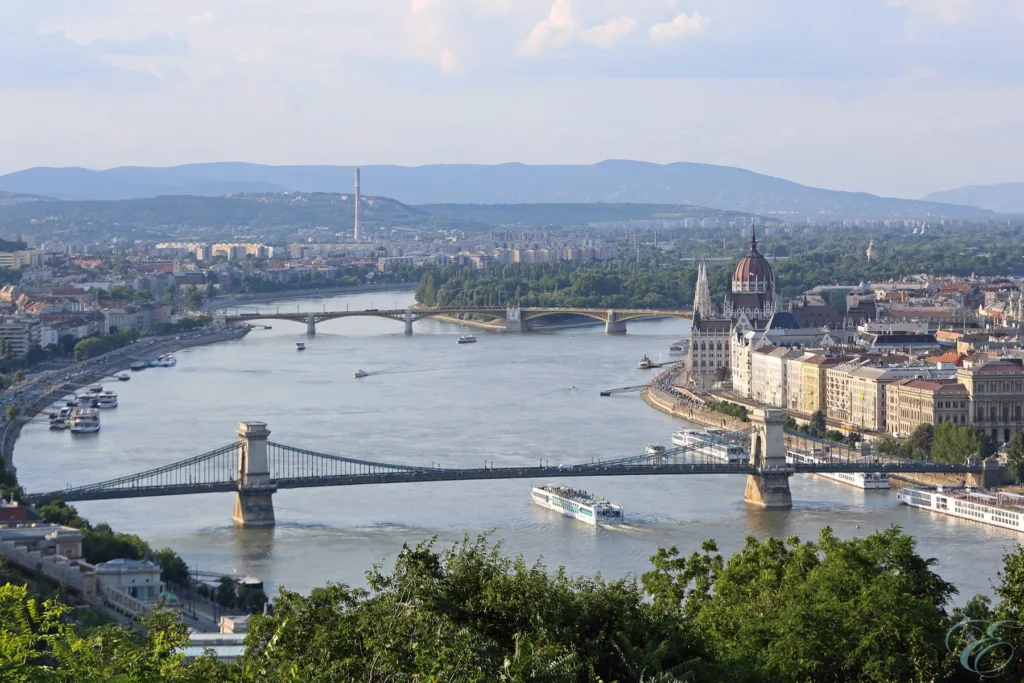
Where is the Buda & Pest in Budapest?
Budapest is famously divided by the Danube River into two distinct sides: Buda and Pest. Each side has its own unique character and charm. The Buda side, set on rolling hills, is the city’s historical and quieter half. Here, you’ll find cobbled streets, medieval architecture, and breathtaking viewpoints. Sites include Buda Castle, Matthias Church, and Fisherman’s Bastion. Buda feels more residential and refined, perfect for history lovers and those seeking panoramic views.
In contrast, the Pest side sprawls across the flat eastern bank and serves as the city’s lively, energetic heart. Pest is home to the grand Parliament Building, the bustling Jewish Quarter, Andrássy Avenue, vibrant ruin bars, shops, and cultural venues. Together, Buda and Pest create a city that blends old-world elegance with youthful energy.
Here are the top 15 things you can’t miss when visiting Budapest, Hungary’s captivating capital.
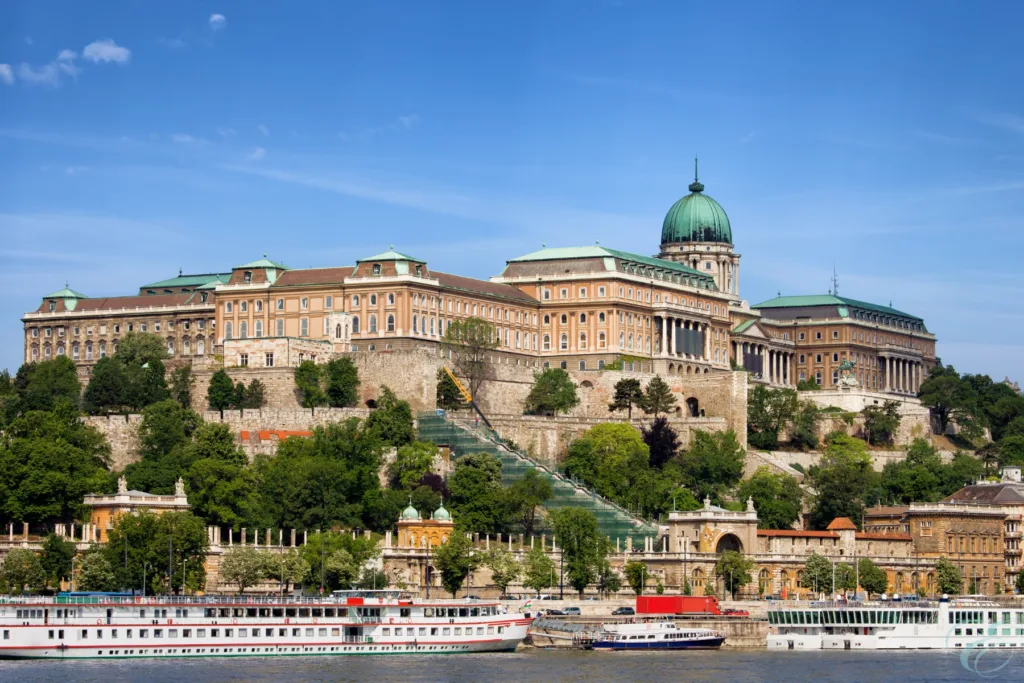
Explore the Buda Castle
Exploring Buda Castle is an unforgettable way to step into Budapest’s royal history. Book a guided tour inside the palace to fully enjoy the Royal Palace experience. As you walk through grand courtyards and beneath towering gates, you can almost picture the medieval kings and queens who once ruled here in medieval times. Roam the wide terraces of the castle complex, where sweeping views of the Danube and the Parliament Building unfold before you.
Inside the castle grounds, you can dive deeper into Hungarian culture and history. The Hungarian National Gallery showcases centuries of art, from medieval masterpieces to modern works. History buffs can explore the Budapest History Museum, which reveals the city’s fascinating, but often turbulent, past. Buda Castle promises a captivating glimpse into the soul of Budapest.
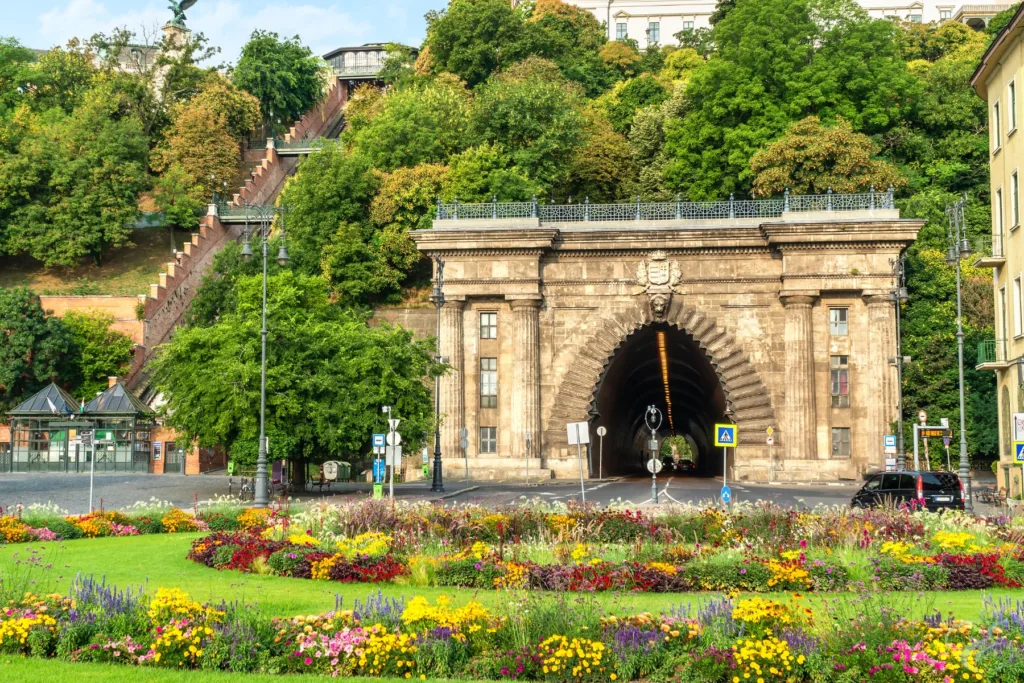
The Funicular & Castle Hill Attractions
To save your steps, take the historic funicular up Castle Hill for a scenic ride with fantastic views. It’s a charming and easy way to reach the Buda Castle district. A short stroll from the funicular, Fisherman’s Bastion offers whimsical, fairytale-like architecture and some of the best panoramic views of the city, especially the Hungarian Parliament and the Danube.
Check out Matthias Church which is nearby. This colorful, neo-Gothic church with its stunning tiled roof and ornate interior is a highlight of Castle Hill. It’s rich in history and has hosted many royal coronations. These sites are often included as part of a Buda Castle district tour.
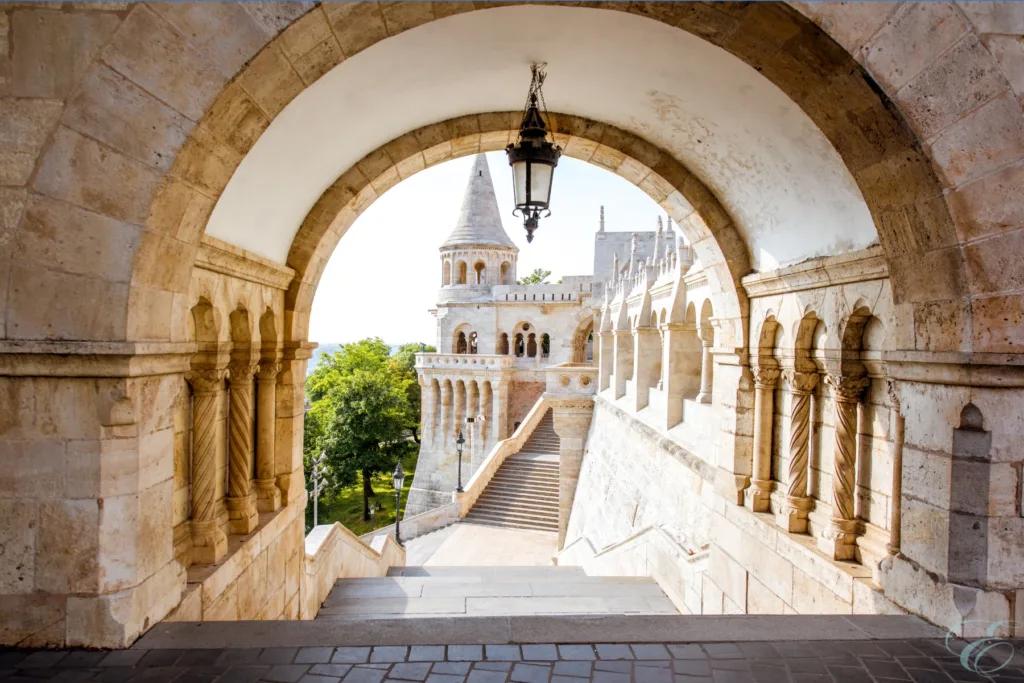
Other interesting museums in the Buda Castle District include the:
- Golden Eagle Pharmacy Museum – a collection of unusual items and medicine dating back to the 1600’s including dried bats, tiny crocodiles and more.
- Museum of Music History – tells the story of music in Hungary from the 18th century to present day.
- Jewish Prayer Museum – shares the history of the Jewish community in the 13th to 17th centuries.
- House of Houdini – presents the life and shows of the world-famous Hungarian illusionist Harry Houdini.
- Museum of Military History – collections of Hungary’s military history from medieval times to the world wars.
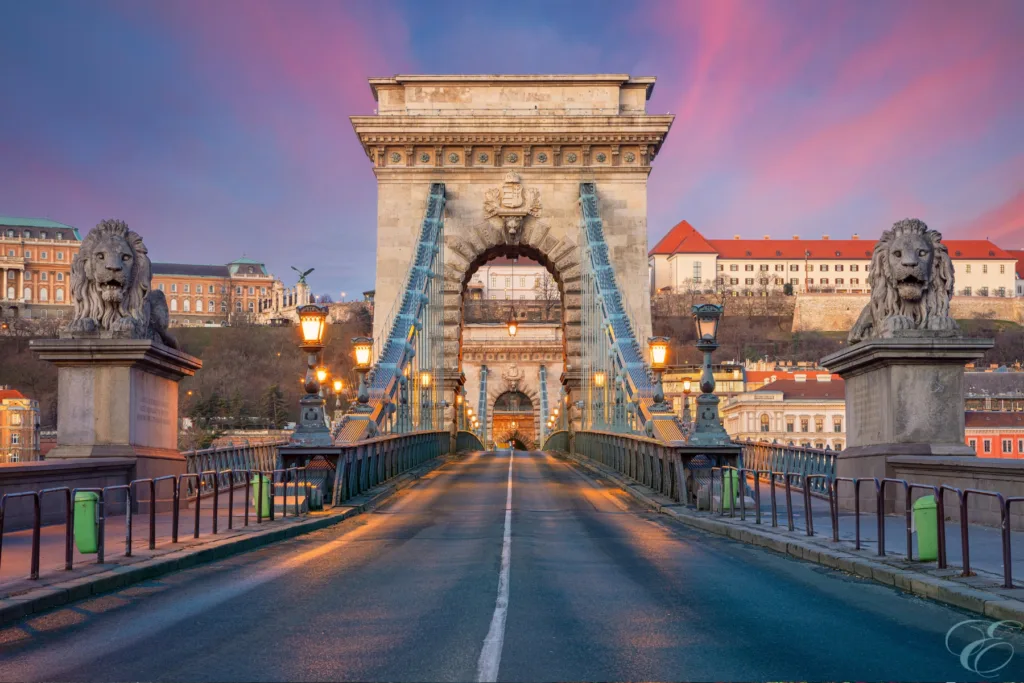
Walk Across the Széchenyi Chain Bridge
The Széchenyi Chain Bridge connects Buda and Pest and remains one of Budapest’s most iconic landmarks. Walking across connects you to the heart of Budapest, both literally and symbolically. Ornate stone lions stand guard at each end, silently watching as locals and visitors stream past.
With every step, you enjoy picture-perfect views. Buda Castle and Gellért Hill rise to the west, while the grand Parliament Building and bustling Pest stretch out to the east. Whether you stroll across by day under blue skies or by night when the city sparkles with lights, the Chain Bridge offers one of Budapest’s most scenic and unforgettable experiences
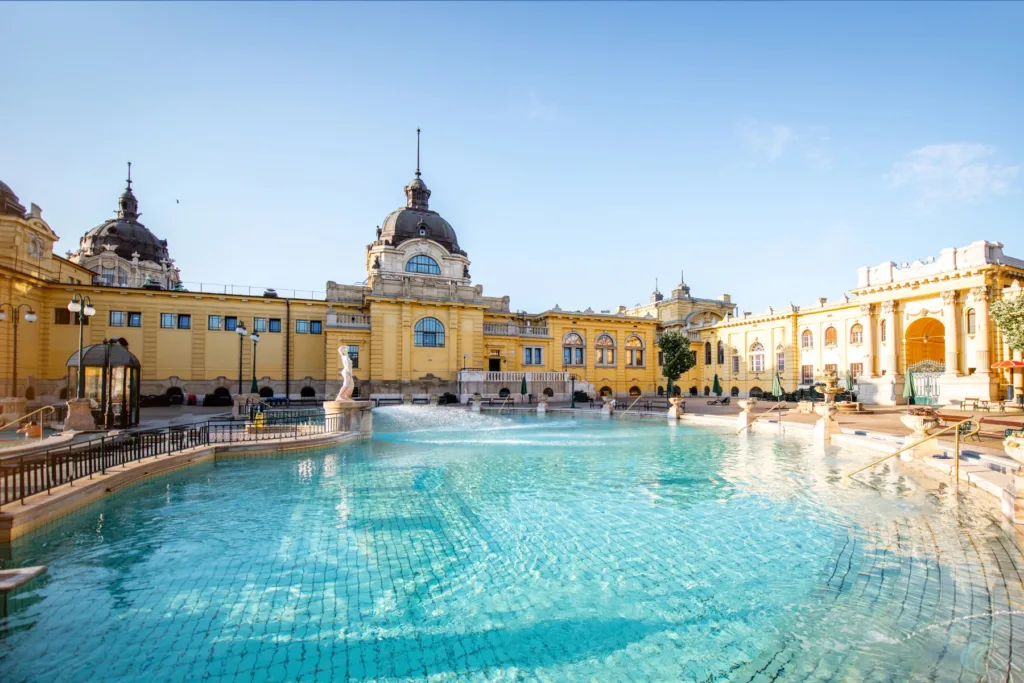
Unwind at Széchenyi Thermal Bath
Budapest earns its nickname “City of Spas” for a reason. Head to the Széchenyi Themal Baths, the largest medicinal bath in Europe, and soak in its steaming, mineral-rich waters. As you step inside the grand, neo-Baroque complex, you’re greeted by the warm, inviting steam rising from the outdoor pools. Locals and travelers alike lounge in the mineral-rich waters, relaxing under the open sky. You can even do a Beer Spa if that is your thing.
Inside, the experience continues with a labyrinth of indoor pools, saunas, and steam rooms, all fed by natural thermal springs. Move from hot to cold pools, unwind in the bubbling whirlpools, or simply float and watch the world go by. If you really want to indulge, book a massage to soothe those aching muscles. The Széchenyi Baths aren’t just about relaxation, they’re part of everyday life for many Budapest residents. Spend a few hours here, and you’ll quickly understand why the city is known as the “Spa Capital of Europe.”
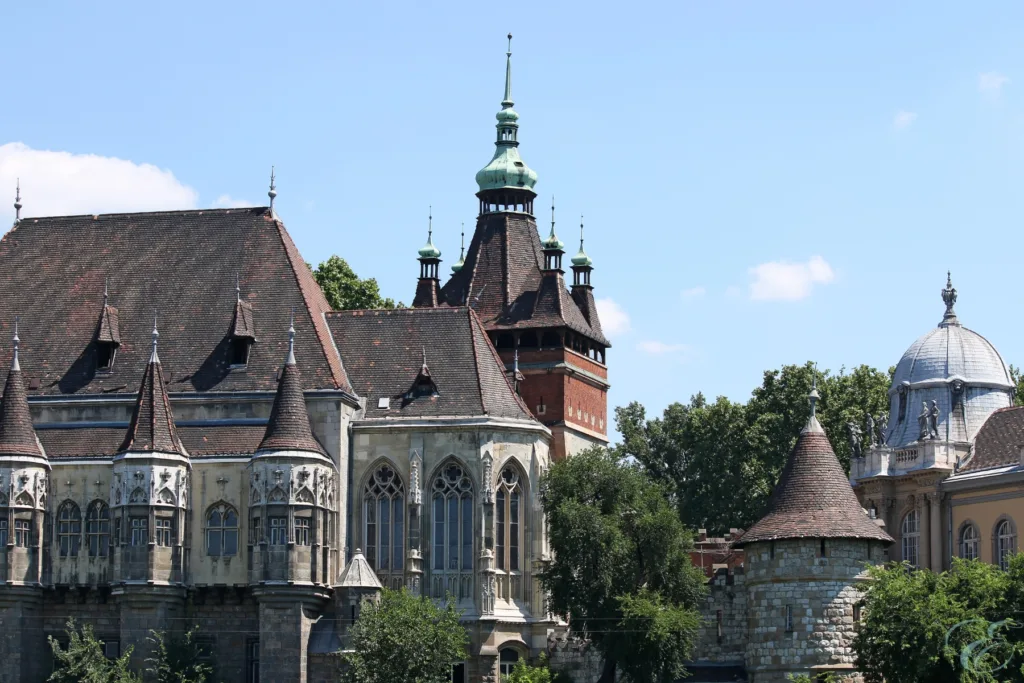
Beyond the Baths to the Park
Beyond Széchenyi Baths lies City Park, a sprawling green space filled with surprises. Explore Vajdahunyad Castle, rent a rowboat on the lake, or visit the Budapest Zoo. It’s a great spot to relax and explore.
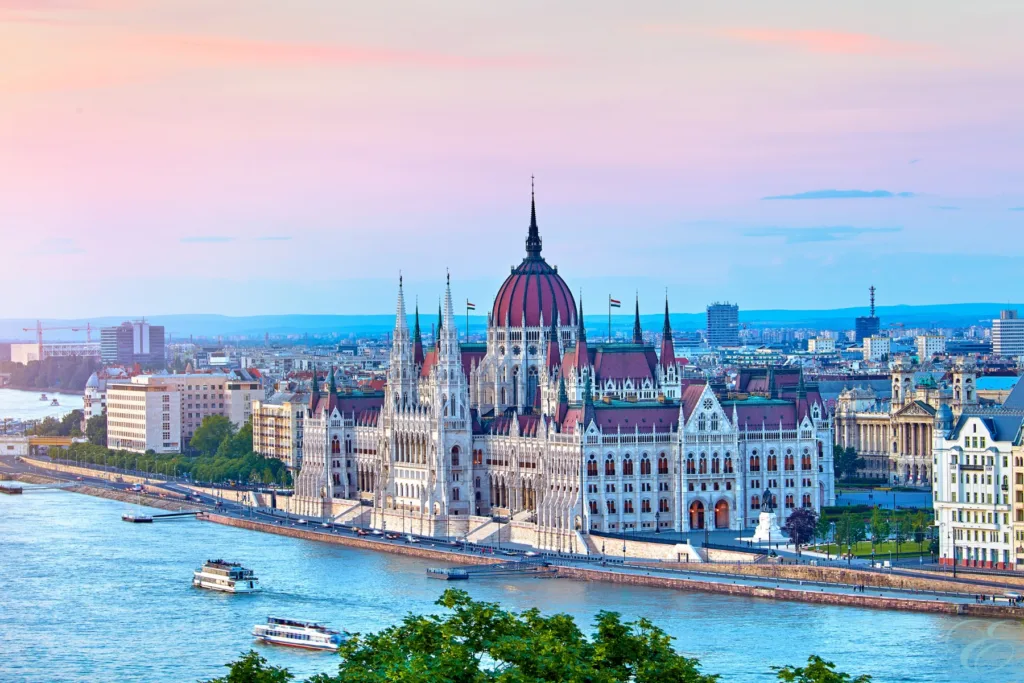
Marvel at the Parliament Building
Visiting the Budapest Parliament Building lets you stand in the shadow of one of Europe’s most magnificent landmarks. As you approach its grand Gothic Revival façade, towering spires and intricate stonework rise above you, reflecting in the waters of the Danube. Join a guided tour to explore the lavish interior, where gilded halls, marble staircases, and Hungary’s Holy Crown await. Walk through the Parliament’s grand chambers. You will not only admire its architectural beauty but also feel the weight of the nation’s history unfold around you.
Keep in mind, the Parliament Building is not open for tours every day. This is, after all, where the Hungarian National Assembly conducts the business of the nation.
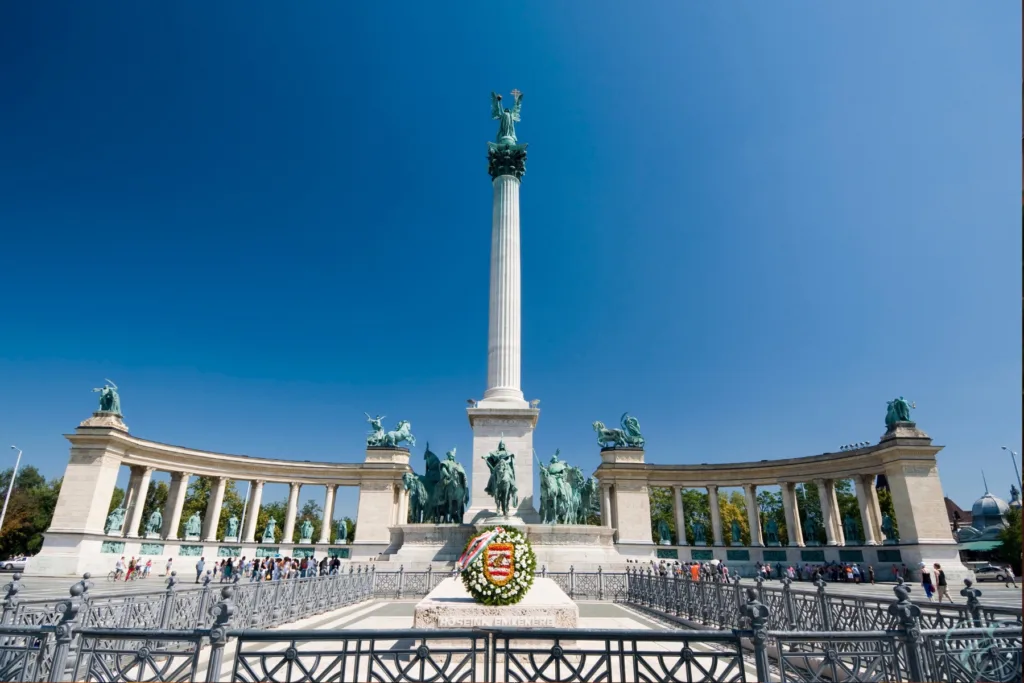
Discover Heroes’ Square
Heroes’ Square pays tribute to Hungary’s founding fathers and national heroes. The impressive statues and monuments tell the story of the country’s proud history. As you step onto the vast plaza, towering statues of Hungary’s most legendary leaders greet you. The centerpiece, the Millennium Memorial, rises high with Archangel Gabriel holding the Holy Crown above the column. You can walk among the seven chieftains of the Magyars, who led their people to settle in the Carpathian Basin over a thousand years ago.
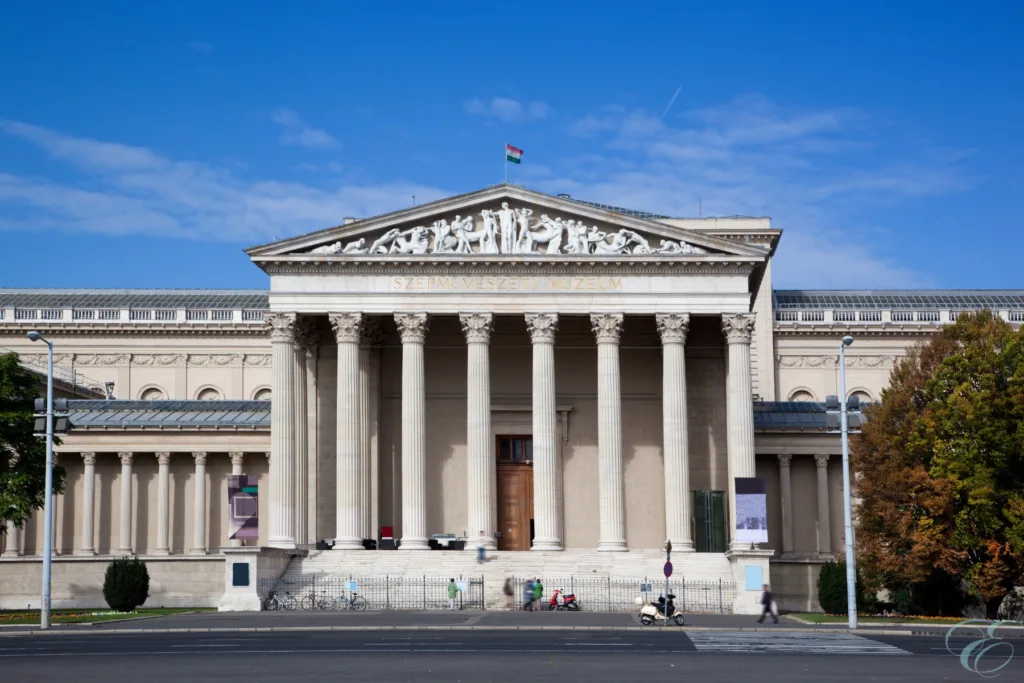
Heroes’ Square pays tribute to Hungary’s founding fathers and national heroes. The impressive statues and monuments tell the story of the country’s proud history. The square’s grandeur, framed by the Museum of Fine Arts and the Mucsarnok (Hall of Art), creates a powerful space that celebrates Hungary’s rich heritage.
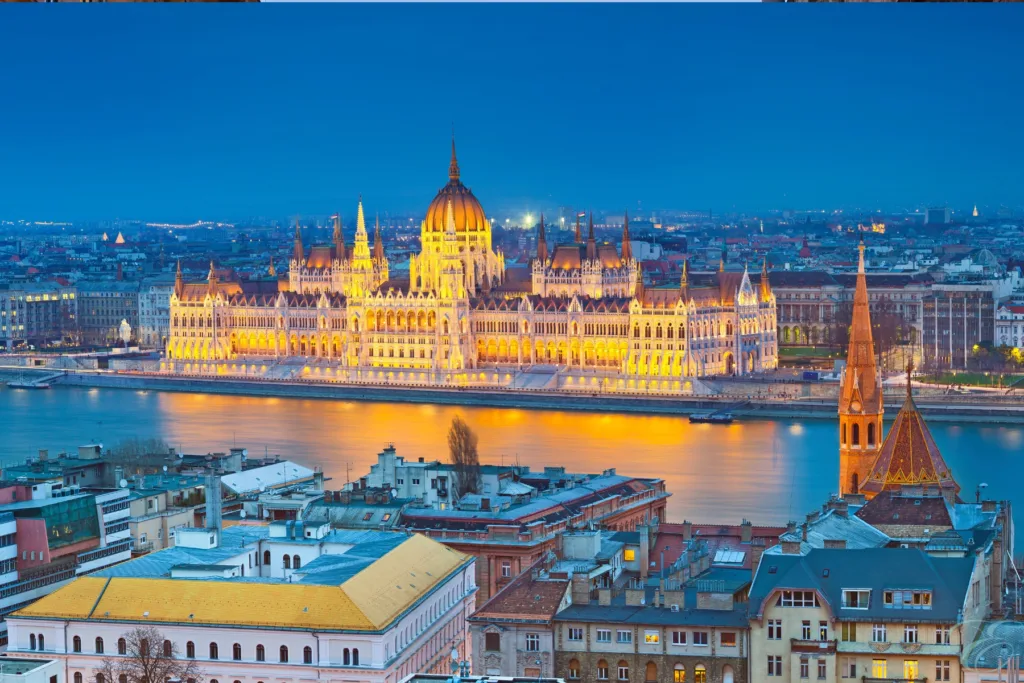
Cruise Along the Danube River
See Budapest from a new perspective with a Danube river cruise. Glide past illuminated landmarks like the Parliament, Buda Castle, and the Chain Bridge — it’s pure magic at night. Make this a dinner cruise for a relaxing and special experience.
A different way to cruise by these sites, yet stay on dry land, is to hop on Tram 2 for a budget-friendly, scenic ride along the Pest side of the Danube. You’ll pass iconic sights like the Parliament Building, Chain Bridge, and Buda Castle — all from the comfort of your seat.
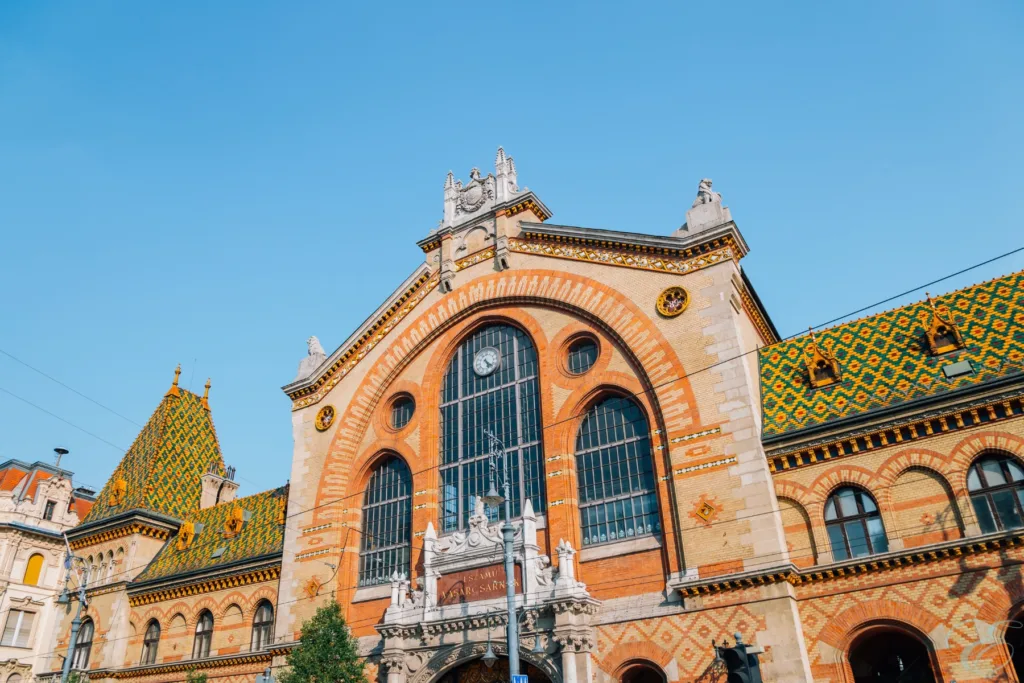
Shop at the Central Market Hall
Dive into Hungarian flavors and daily life at the Central Market Hall. As you step inside the grand, iron-framed building, the aroma of spices, cured meats, and fresh produce fills the air. Locals bustle through the aisles, shopping for ingredients, while visitors marvel at rows of paprika, sausages, cheeses, and colorful Hungarian embroidery.
Browse the food stalls and sample local treats like lángos — a deep-fried flatbread topped with sour cream and cheese. This is a great place to pick up unique hand-made souvenirs. The Central Market Hall isn’t just a place to shop; it’s a lively, authentic glimpse into Budapest’s culinary and cultural traditions.
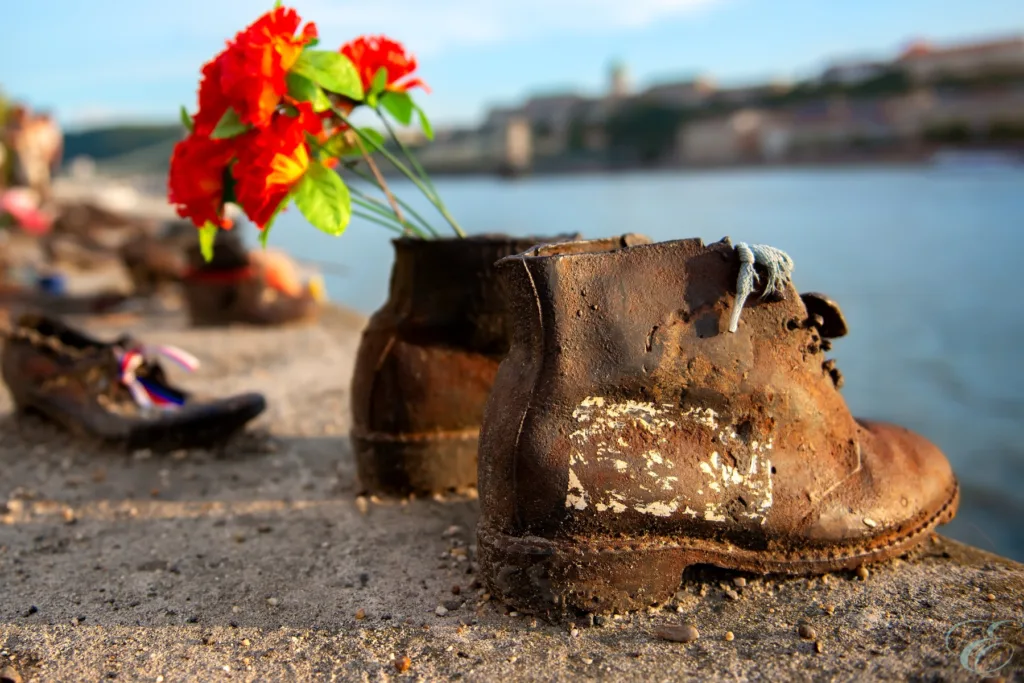
Explore 20th Century Wartime Museums & Monuments
Budapest’s wartime museums and monuments give you a powerful glimpse into the city’s turbulent 20th-century history. At the House of Terror Museum, you can walk through the former headquarters of both the Nazi-affiliated Arrow Cross Party and later the communist secret police. Chilling exhibits, personal stories, and preserved prison cells help you understand the fear, oppression, and resilience that shaped everyday life during these dark periods. The museum doesn’t just tell history, it immerses you in it.
Another unforgettable site lies beneath Castle Hill is the hospital in the Rock Nuclear Bunker Museum. Originally built as a secret emergency hospital during World War II, this hidden complex later served as a Cold War-era nuclear bunker. As you tour the underground passages, you can explore preserved operating rooms, wax figure recreations, and relics that reveal the grim realities of wartime Budapest.
The city also invites quiet reflection at memorials like the Shoes on the Danube Bank, honoring Jewish victims of World War II. These museums and monuments bring history to life, reminding you of Budapest’s resilience and the heavy cost of conflict.
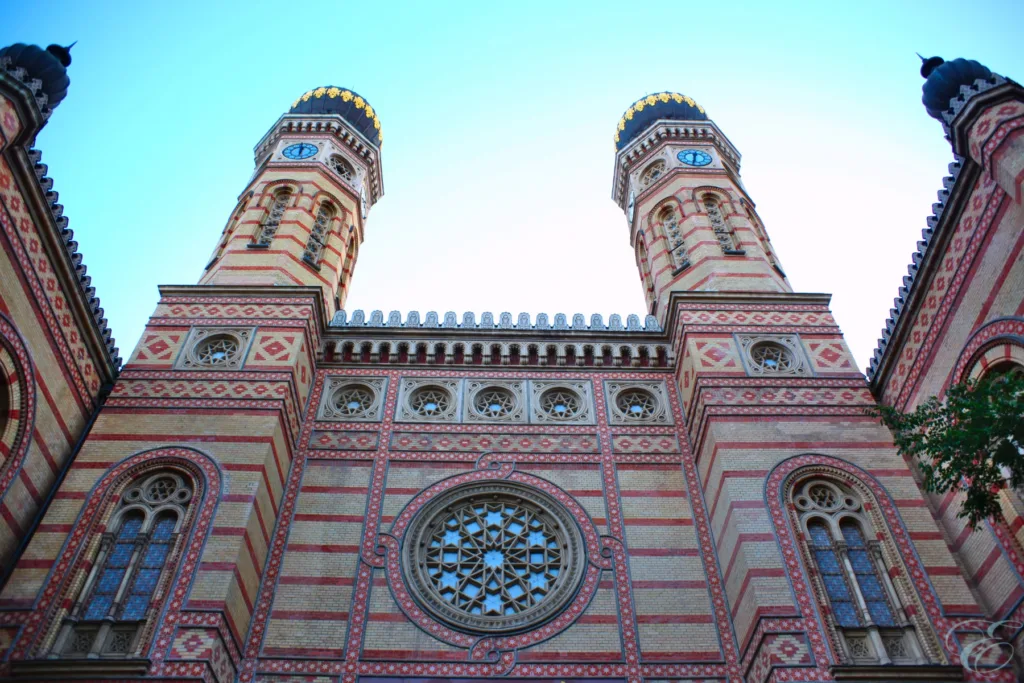
Wander Around the Jewish Quarter
Explore the Jewish Quarter in Budapest to experience one of the city’s most historic and dynamic neighborhoods. As you wander the narrow streets, you’ll pass striking reminders of the area’s deep cultural roots. Check out the magnificent Dohány Street Synagogue, the largest synagogue in Europe. Its intricate architecture and peaceful garden pay tribute to the vibrant Jewish community that has shaped this district for centuries.
Also be sure to visit the Jewish Museum to learn about the area’s history. And don’t miss the moving Holocaust memorials tucked within the neighborhood.
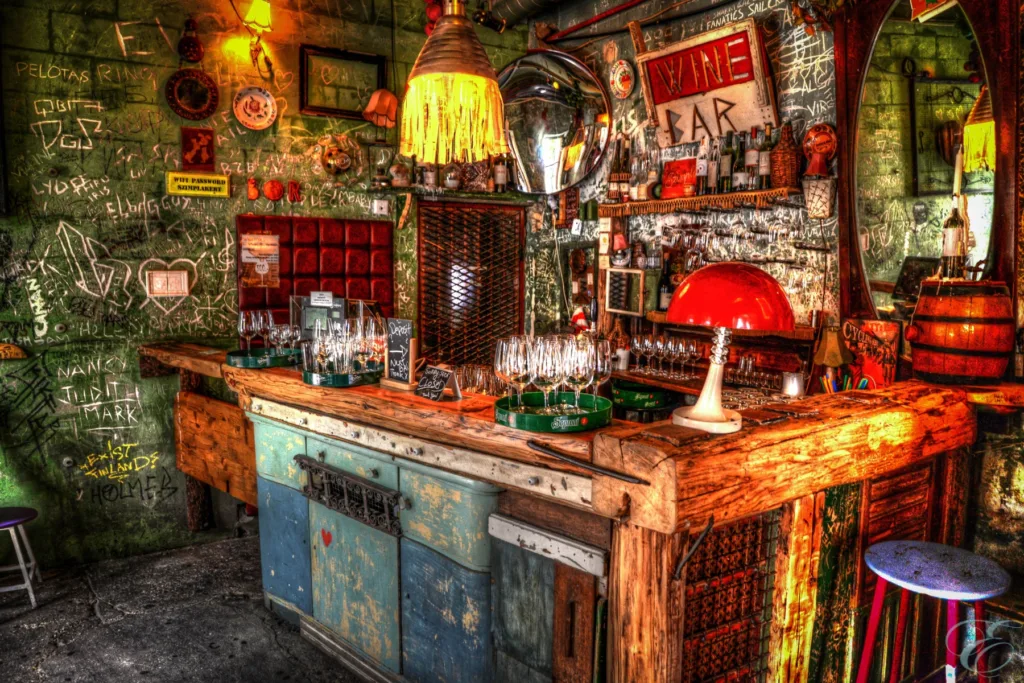
Beyond its history, the Jewish Quarter buzzes with life and creativity. The once-forgotten buildings now house quirky cafés, fabulous vintage shops, colorful street art, and Budapest’s famous ruin bars, where mismatched furniture and bold murals create a unique atmosphere. Sip a cocktail at Szimpla Kert, the city’s first and most famous ruin bar.
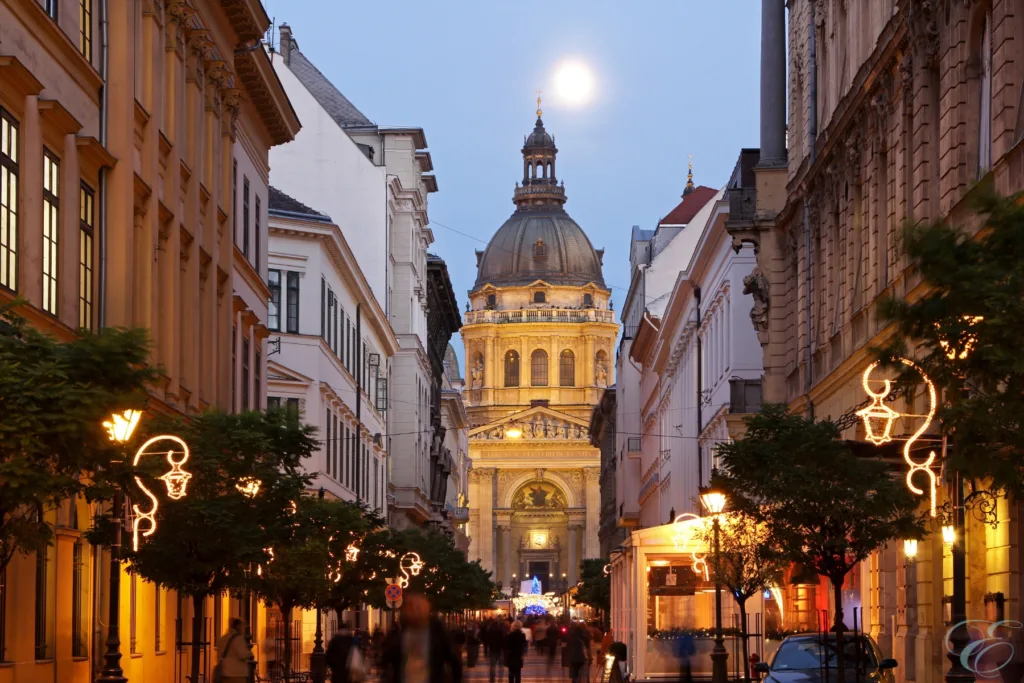
Admire St. Stephen’s Basilica
Visit St. Stephen’s Basilica to experience one of Budapest’s most impressive landmarks up close. As you approach, the grand neoclassical façade and soaring dome immediately capture your attention. Inside, marvel at the richly decorated interior, with its gleaming marble, gilded details, and stunning mosaics.
Climb the 364 steps to the observation deck, where sweeping views of Budapest stretch in every direction. Don’t miss the chance to see the Holy Right Hand. This is the mummified relic of St Stephen, Hungary’s first king! Legend has it that the hand was not intentionally mummified at the time of death. He died in 1038, but for either canonization or political unrest (nobody remembers which) his body was exhumed years later. While most of his body had decayed as expected, the right hand seemed to be preserved for no apparent reason. This was seen as a divine sign and became a symbol of his sainthood.
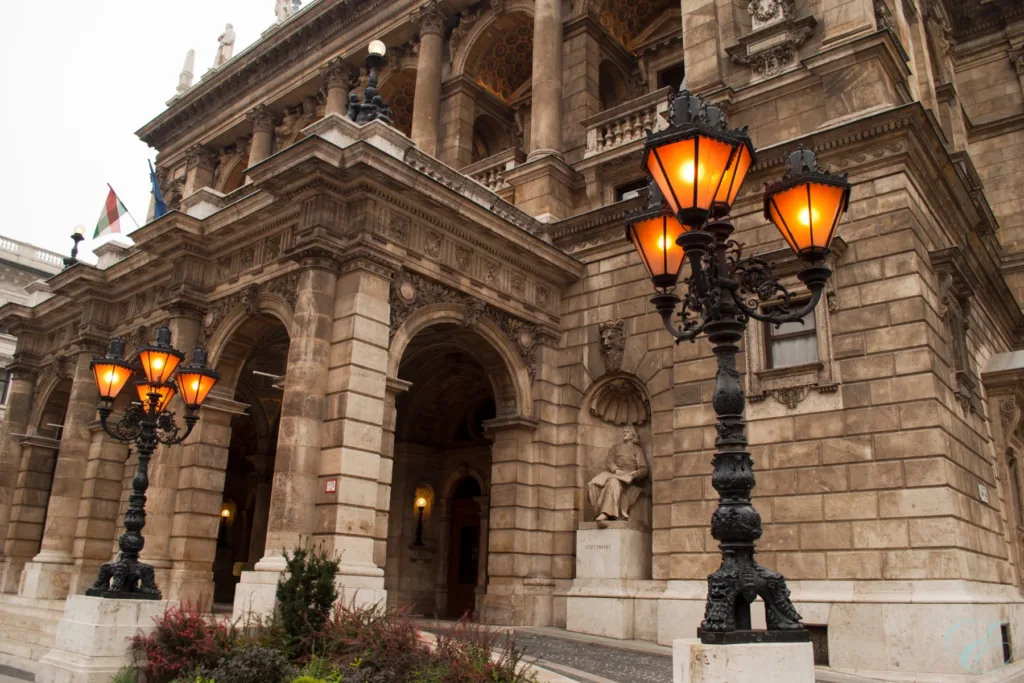
Soak Up Andrássy Avenue
Dubbed Budapest’s “Champs-Élysées,” Andrássy Avenue dazzles with historic mansions, designer boutiques, and charming cafes. The avenue leads you from bustling downtown to Heroes’ Square, offering a beautiful mix of history, culture, and upscale shopping. Whether you wander by foot or hop on the historic yellow Metro Line 1 running beneath the street, Andrássy Avenue promises a stylish and scenic experience.
At the heart of Andrássy Avenue, check out the magnificent Hungarian State Opera House. Its neo-Renaissance façade catches your eye, but the real beauty lies within. Take a guided tour to admire the lavish marble staircases, gilded balconies, and opulent chandeliers. Or better yet, attend a world-class opera or ballet performance.
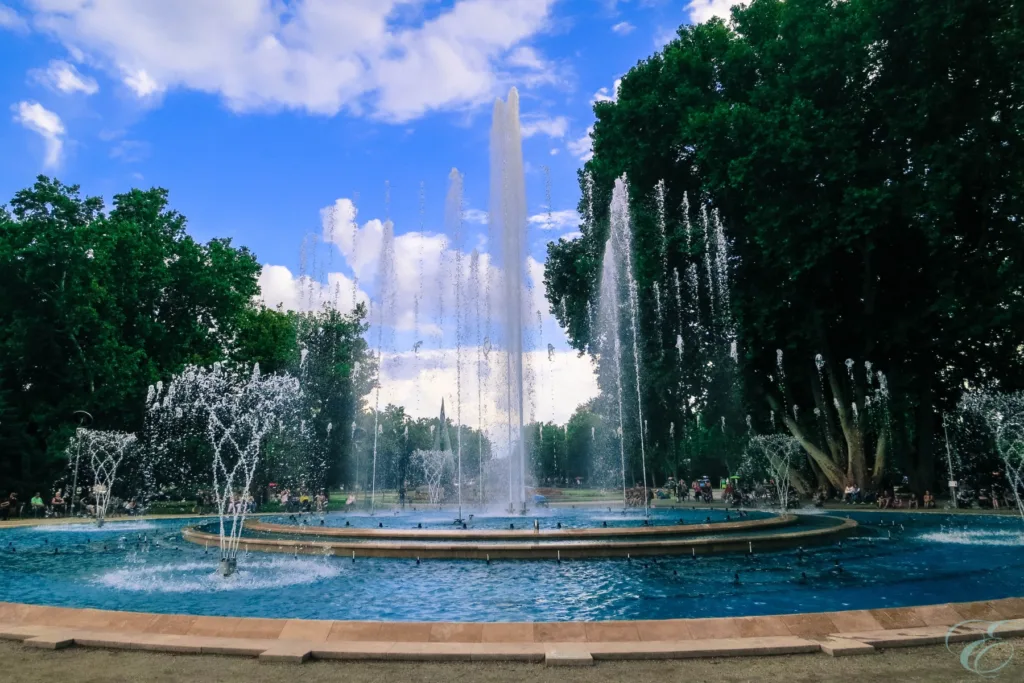
Relax on Margaret Island
Escape the urban energy on peaceful Margaret Island. It’s the perfect green oasis in the heart of the city. Rent a bike or pedal cart to explore the island’s many trails. Or stroll along the riverbanks, enjoying beautiful views of both Buda and Pest. Locals gather here for picnics, jogs, and leisurely afternoons, making it a perfect place to experience everyday life in Budapest.
The island offers plenty to discover beyond its green spaces. Visit the musical fountain, where water dances in sync with classical music, or climb the medieval Water Tower for panoramic views. Nearby, the ruins of a 13th-century monastery tell the story of the island’s rich past. Relax at the thermal spa, watch the colorful flowers bloom in the Japanese Garden, or just unwind beneath the trees.
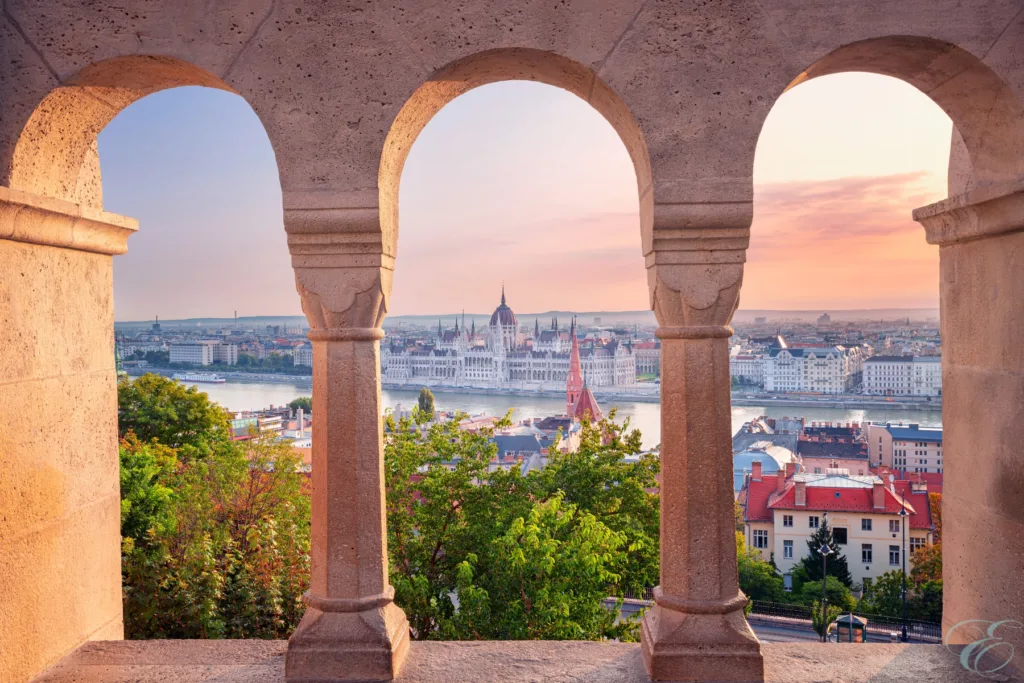
Where to Stay in Budapest
Staying in Budapest puts you right in the heart of one of Europe’s most walkable and scenic capitals. Many visitors choose accommodations in District V (Belváros), the central area along the Danube, where you’re steps from landmarks like the Parliament Building, St. Stephen’s Basilica, and the Chain Bridge. I found this district to be very convenient and the H2 Hotel Budapest was a good value.
If you want lively nightlife and trendy cafés, stay in the Jewish Quarter (District VII), known for its ruin bars and creative vibe. For quieter, historic charm, consider a hotel or guesthouse on the Buda side, near Castle Hill, where cobbled streets and panoramic views create a peaceful atmosphere. Budapest offers a wide range of lodging, from luxury hotels to boutique apartments and budget-friendly hostels.
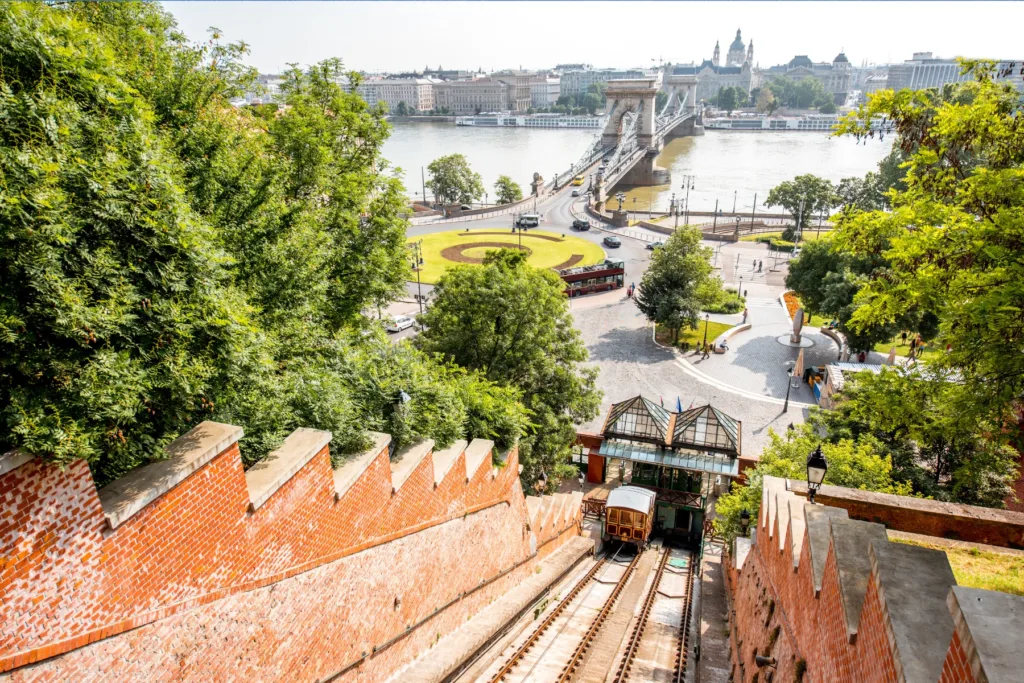
Getting Around Budapest
Getting around Budapest is easy and convenient. You can walk between many major sights, but the city’s public transport system is reliable and affordable. The metro, trams, and buses cover all corners of the city — the historic yellow Line 1 metro and scenic Tram 2 along the Danube are especially popular with visitors.
You can also hop on river ferries for a unique view of the city from the water. Hop-On Hop-Off tours are an easy way for tourists to navigate and learn about the different areas. Taxis and ride-shares are available, but always use licensed companies. If you enjoy cycling, Budapest has a growing network of bike lanes and rental services. Whether you explore by foot, tram, or boat, the city makes it easy to discover every corner.
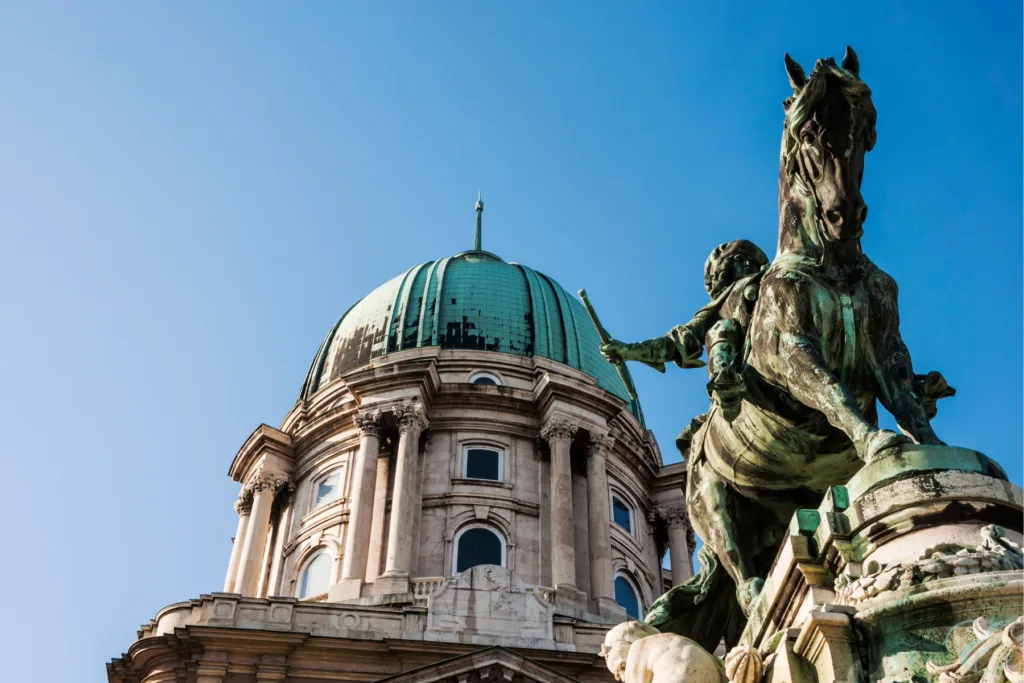
What Do You Want to Do in Budapest?
Tell us what you think below in the comments. You can also contact us and follow us on Facebook, Instagram and Pinterest so you never miss a post!


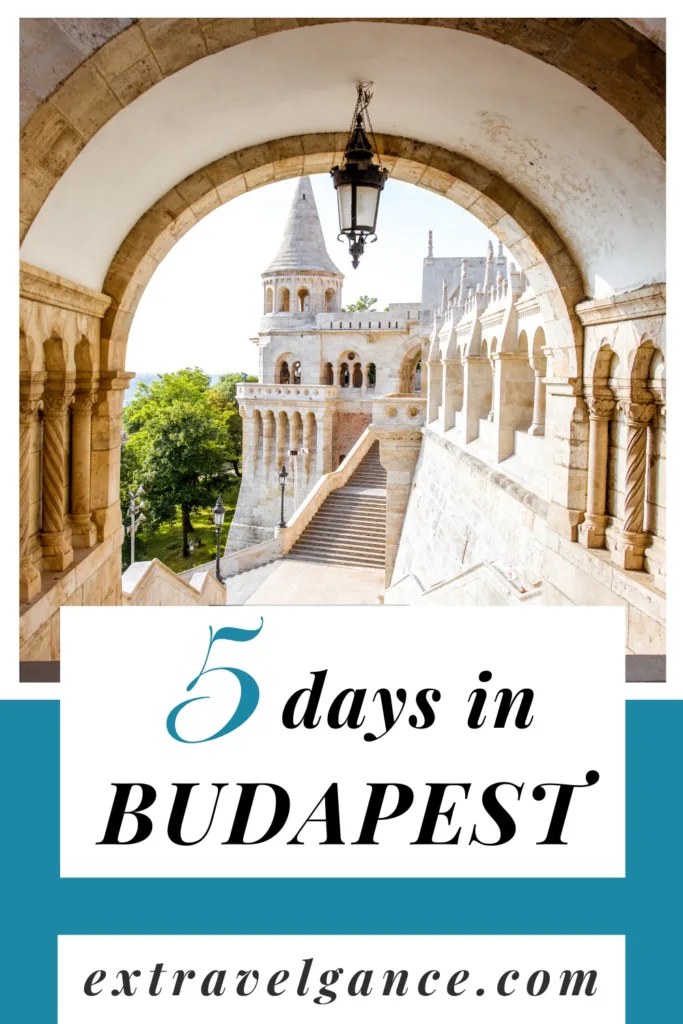
Pingback: The Best Day Trips from Budapest - Extravelgance
Pingback: 5 Unforgettable Days Visiting Beautiful Budapest - Extravelgance